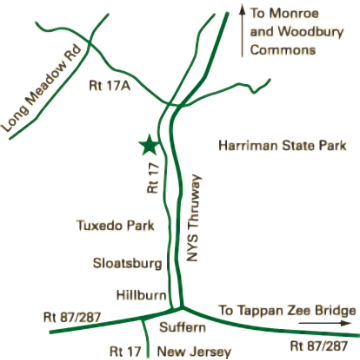
Most people don’t realize it but fertilizing in the garden is almost as essential as watering, whether you fertilize with a chemical option or you choose the organic, all natural route. Adding nutrients to your plants will ensure healthy, strong plants that bloom prolifically and have better resistance to disease and insects. Fertilizing is necessary because over time the natural soil of a plant gets depleted as the plant grows and absorbs nutrients for energy. The soil needs to be refreshed with nutrients every year, fertilizer for plants is equivalent to food for people.
All fertilizers have the N-P-K equation; which stands for Nitrogen, Phosphorus, andPotassium. Here’s the breakdown:
Nitrogen is used for foliage growth and is essential for photosynthesis, which gives the plant the energy it needs from the sun. Too much nitrogen can be as harmful as not enough, excessive nitrogen may burn plants, scorching the leaves and stems. It can also produce bushy plants that don’t flower. Too little nitrogen may cause plants to be leggy, stunted, or have yellowing foliage. The yellowing leaves usually appear at the bottom of plants and work their way upward, starting from the outside and progressing inward until they often drop.
Phosphorus stimulates root growth, helps the plant set buds and flowers, improves vitality, and increases seed size. Phosphorus enters the plant through root hairs, root tips, and the outermost layers of root cells. Uptake of phosphorus and water can be facilitated by mycorrhizal fungi, we carry a fertilizer called M-Roots that carries this fungi and we recommend using with initial planting. ( https://www.hickoryhollownursery.com/hardgoods-tools-supplies/seed-and-fertilizer/ ) If your plants are producing little or no flowers, have weak root systems or a bright green or purplish cast, you have a phosphorus deficiency. Too much phosphorus is rare due to the fact that it’s difficult for plants to absorb phosphorus in the first place.
Potassium improves overall vigor of the plant, flowering, and disease resistance. It affects the plant shape, size, color, taste and other measurements attributed to healthy produce. Improves drought resistance. Lack of potassium can be seen in the scorching of plant leaves with yellowing on the margins, stunted growth, unhealthy root systems, poor resistance to pests, and less water intake which makes it susceptible to drought and temperature changes. Potassium deficiency in plants results in plants losing their leaves sooner than they should, which is only worsened by drought and temperature changes.
Granular Fertilizers should be used as your first fertilizer application, either by feeding your plants in the Spring at the beginning of the season or when you initially plant. Applying right before a rain is beneficial, because it helps the fertilizer absorb into the soil where the plants can access through their root system.
Liquid fertilizers, such as Miracle Gro, are best used during the growing season. They are typically applied bi-weekly, high in nitrogen which promotes fast growth and prolific blooming. Ideal for container planters and annuals. It is best to avoid extremely hot days when foliage is subject to burning.
Organic fertilizers are taken from animal matter and vegetable matter. There are many varieties including fish emulsion, bone meal, compost, manure, alfalfa meal, and blood meal. Organic fertilizers release nutrients and as they break down, they improve the structure of the soil and increase its ability to hold water and nutrients.
If you fertilize your garden every year you will be greatly rewarded. You will have healthier, stronger plants with plenty of blooms. Check out the Seed and Fertilizer section in our catalog to see what products we carry.






